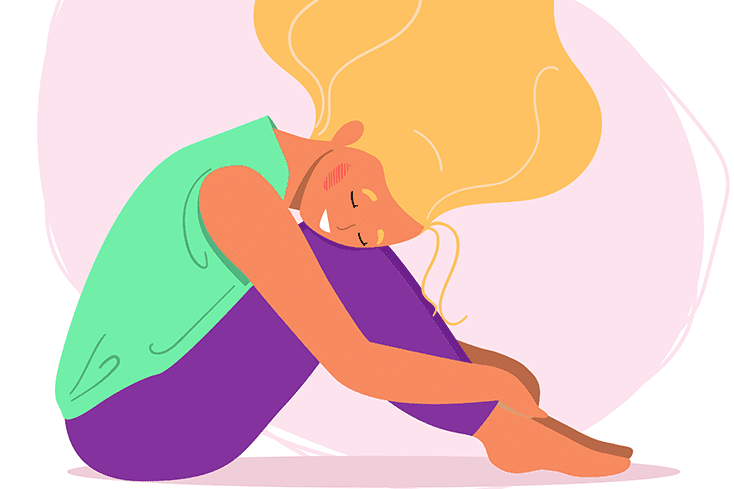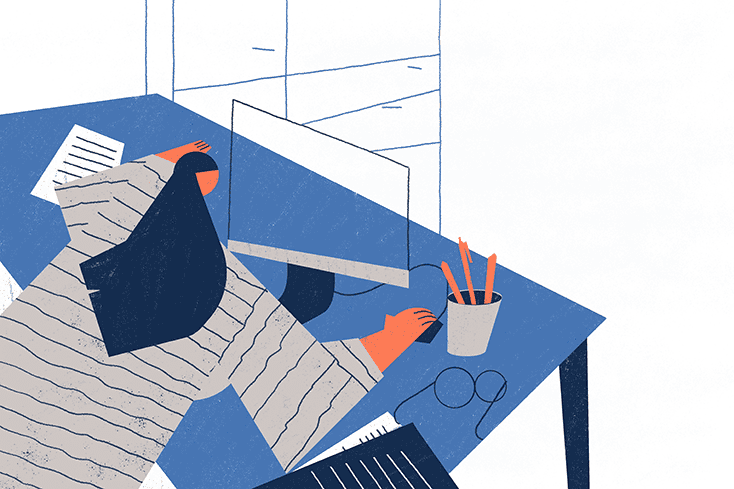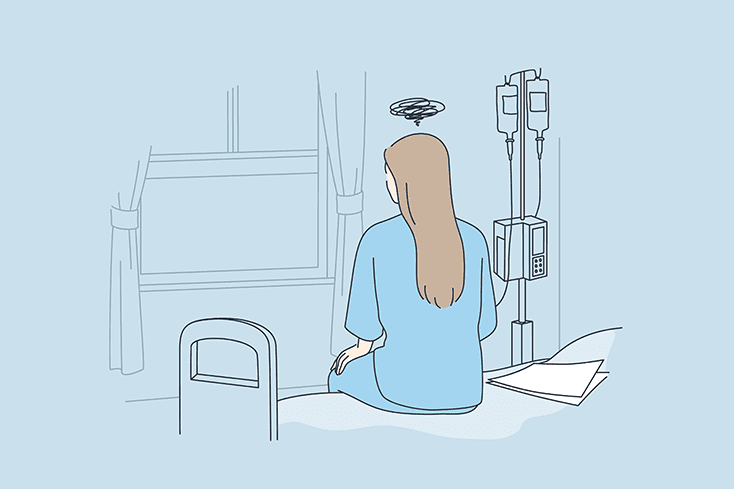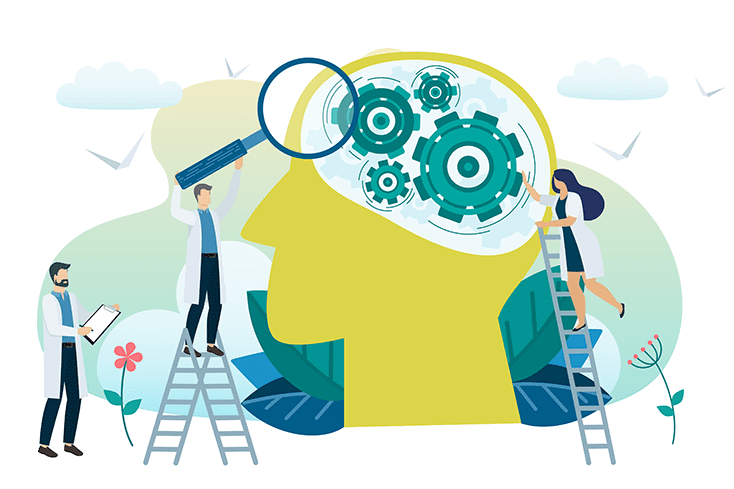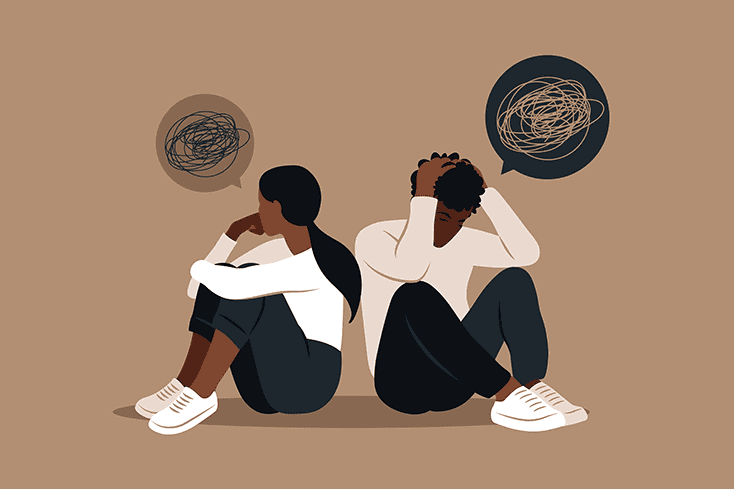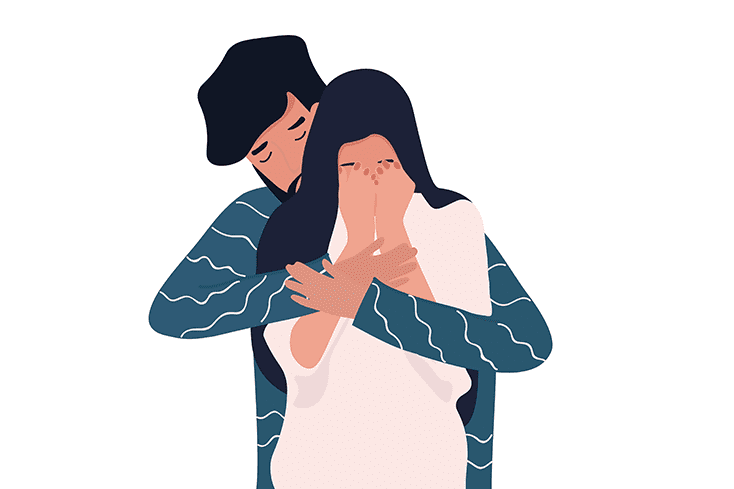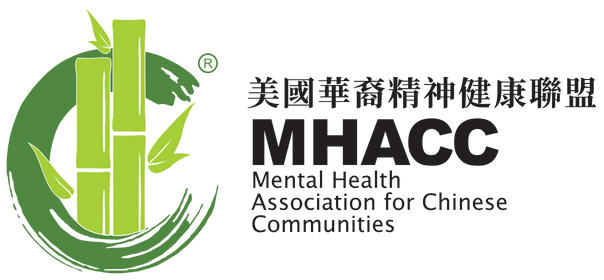人們為什麼會自殘?| Why do people self-injure?
MHACC 雙語部落格 Bilingual Blog
Trauma-Informed Interventions for People Who Self-Injure
Click to view the full version(點擊連結瀏覽完整版)
https://dpi.wi.gov/sites/default/files/imce/sspw/pdf/sswpgshintervene.pdf
中文翻譯版請往下拉⬇️
Self-injury: Making pain visible
Self-injury can be understood as a coping mechanism to deal with less visible forms of pain. While there are perhaps self-harming behaviors that have greater repercussions on the person than cutting, burning, or biting does, self-injury (also called self-inflicted violence [SIV]) can provoke intense reactions from others, including helpers. It might be useful to consider self-injury to be one among many self-harming behaviors that people might engage in. Self-harm can be understood to include a range of behaviors from self-annihilation (suicide, unsafe sex, terminating essential treatment), to self-injury (cutting, burning, unhygienic tattooing or piercing), to self-defeating (isolating, anger, rejection of help).
This broad understanding of self-harm encompasses substance abuse, unsafe relationships and sex, running away, isolating, disordered eating, hair plucking, dropping out of school as well as self-injuring actions like cutting, picking, burning, and self-punching.
There are many reasons people turn to self-inflicted violence. However, no one can determine why someone else is self-injuring. Since the reasons are myriad and people often use several forms of self-injury for different purposes, listening to the person becomes the only way to discover what the self-injuring actions mean for that person. Understanding the meaning behind the self-injury is the avenue into finding safer alternatives to the self-injuring behaviors for both the person struggling and the person helping.
Common reasons for self-injury:
- To displace emotional pain from the psyche to the body
- To reconnect with the reality of being alive today
- To distract from overwhelming emotion
- To end a dissociative response
- To show the pain or to make the pain visible to others
- To release endorphins for immediate (if temporary) relief
- To express self-hatred
Trauma-Informed Interventions for People Who Self-Injure
Click to view the full version(點擊連結瀏覽完整版)
https://dpi.wi.gov/sites/default/files/imce/sspw/pdf/sswpgshintervene.pdf
自殘:使痛苦可見
自殘可以被理解為一種不太常見的應對痛苦的方式。雖然有些自傷行為可能比切割、燒或咬對個體產生更大傷害,但自殘(也被稱為自我施暴[SIV])會引起他人,包括援助者的強烈反應。有必要將自殘看作人們可能參與的眾多自傷行為之一。自傷可以被理解為包括從自我消亡(如自殺、不安全的性行為、終止必要的治療),到自殘(如切割、燒傷、不衛生的紋身或穿刺),再到自我打敗(如孤立、憤怒、拒絕幫助)。這個廣義的自傷理解包括濫用物質、不安全的人際關係和性行為、逃跑、孤立、飲食失調、拔毛、退學以及如切割、抓取、燒傷和自我拳擊等自殘行為。
人們之所以轉向自我施暴有很多原因。然而,沒有人可以確定他人為什麼自殘。由於原因多種多樣,且人們經常使用多種自傷方式來達到不同的目的,因此傾聽成為唯一的方法來發現自殘行為對該人意味著什麼。理解自殘背後的意義是找到替代自殘行為的更安全選擇的途徑,對於掙扎的人和幫助的人都是如此。
常見的自殘原因:
- 將情感痛苦從心靈轉移到身體
- 重新與當今活著的現實相連接
- 為了分散压倒性的情感
- 終止分離反應
- 顯示痛苦或使他人看到痛苦
- 釋放內啡肽以獲得即時(即使是暫時的)舒緩
- 表達自我厭惡
